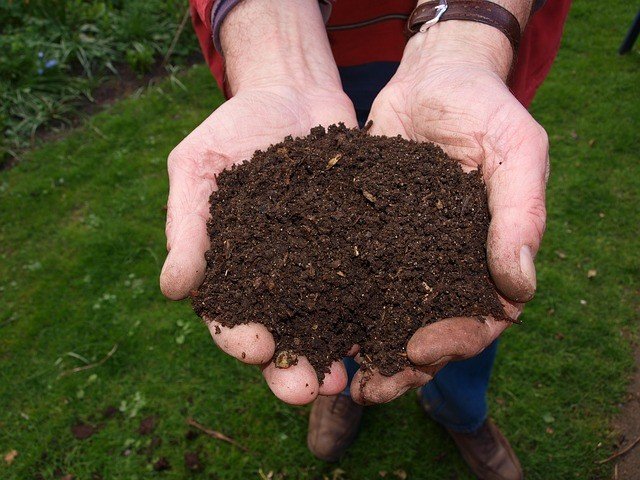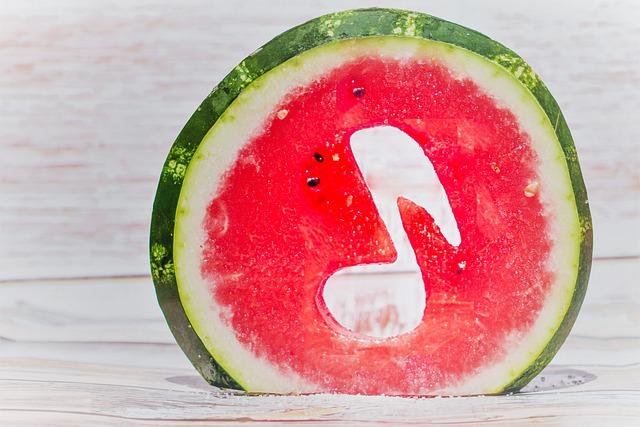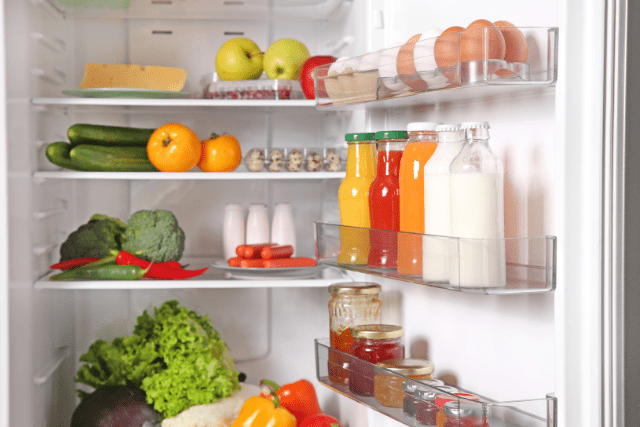Composting is the process of breaking down organic material into a nutrient-rich soil amendment. This process can be done naturally by microbes or through accelerated methods using machines. Either way, the end result is rich, crumbly soil that can be used to improve plant growth and health.
Food waste composting
Food waste composting at home is an easy and effective way to reduce your carbon footprint while also saving money on costly fertilizer products. In addition, it keeps food waste out of landfills where it would emit methane gas, a potent greenhouse gas.
Why do not give it a try?
You may be surprised at how easy and rewarding composting can be!
There are many benefits to composting, but one of the most important is that it helps to reduce methane emissions from landfills. Methane is a potent greenhouse gas that contributes to climate change. When organic waste decomposes in a landfill, it releases methane gas into the atmosphere. However, when you compost at home, that methane gas is captured and turned into valuable compost instead.
Another benefit of composting is that it reduces the need for chemical fertilizers. Chemical fertilizers can pollute waterways and harm wildlife. Composting is a simple process and there are many different ways to do it. Many communities have opportunities for residents to come together and compost as a group at community gardens, farms, or parks.
How to compost waste food at Home?
Assuming you would like tips on starting composting at home:
Composting is a great way to reduce your waste, and it’s easy to do right in your own backyard. Here are a few tips to get you started:
1. You’ll need a spot that’s out of the way but still accessible, and that gets some sun. If you have a lot of space, you can build an enclosure for your compost pile. If you’re tight on space, a small bin will do the trick.
If you don’t have room for an outside compost pile, you can compost indoors using a bin you buy or create. Remember to tend and track your pile. Properly managed compost bins don’t attract pests or smell terrible.

2. When you first start composting, you’ll need to collect grass clippings and green waste to bury in the pile. Once your compost pile is established, though, you can mix these ingredients in and let them decompose. This will speed up the process and create a richer compost for your garden.
To do this, simply lay out a layer of grass clippings or green waste. Then, add a layer of finished compost on top. Repeat this process until the pile is as tall as you’d like it to be. Finally, water the pile and cover it with a tarp or burlap sack to keep it moist.
The key to success with this method is to make sure that the layers are well-mixed. Otherwise, you run the risk of creating anaerobic pockets that will stink up your pile and attract pests.
3. Keep compost moist with a tarp cover. A tarpaulin or tarp is a sizable sheet of sturdy, flexible, waterproof material. It is constructed of plastics like polyethylene or textile such as canvas or polyester coated with polyurethane.
A cover restricts water and airflow, which would impede the composting process. Covering completed compost is unavoidable. Otherwise, the compost will degrade more quickly and lose nutrients when they seep into the soil if it is exposed to the elements. Your compost is ready when the bottom material is dark and rich. Two months to two years is typical.
The challenges of composting at home
Although composting is a great way to reduce waste and provide nutrients for your plants, it can be challenging to do at home. Here are some of the challenges you may face:
1. Finding the right location. Your compost pile needs to be in a place that is convenient for you but also out of the way. It should be in a sunny spot so that it stays warm, but not too close to your house or garden so that it doesn’t attract pests.
2. Maintaining the correct temperature. If your compost pile gets too hot, it will kill the beneficial bacteria that are breaking down the organic matter. If it gets too cold, the decomposition process will slow down. You will need to turn your compost regularly to aerate it and help regulate its temperature.
3. Dealing with pests
Pests can be a major problem when composting, as they are attracted to food waste. There are a few things that can be done to deter pests, such as:
- Keep compost bins in a sunny spot, as pests are typically less active in warm weather.
- Covering compost bin with a lid or screen to keep pests out.
- Adding ingredients like coffee grounds, eggshells, or vinegar to the compost, as can help deter pests.
If you do find that your compost bin is infested with pests, don’t worry! There are a few things you can do to get rid of them:
- Remove any affected material and dispose of it properly.
- Clean out the bin thoroughly and make sure there is no food waste left inside.
4. Having the right materials. The compost needs to have a well-balanced mixture of brown and green organic materials (leaves, grass clippings, paper products, etc.). You can also add manure, straw, or woodchips.
Conclusion
When it comes to composting at home, the benefits outweigh the challenges. For one, composting helps reduce the amount of waste that ends up in landfills. It also helps return nutrients back to the soil, which can help improve plant growth. Composting also helps to create a more diverse and healthy ecosystem in your backyard or garden.
While there are some challenges to composting at home, such as getting started and maintaining a consistent process, the benefits far outweigh any drawbacks. If you’re looking for a way to reduce your waste and help the environment, composting is a great option.







